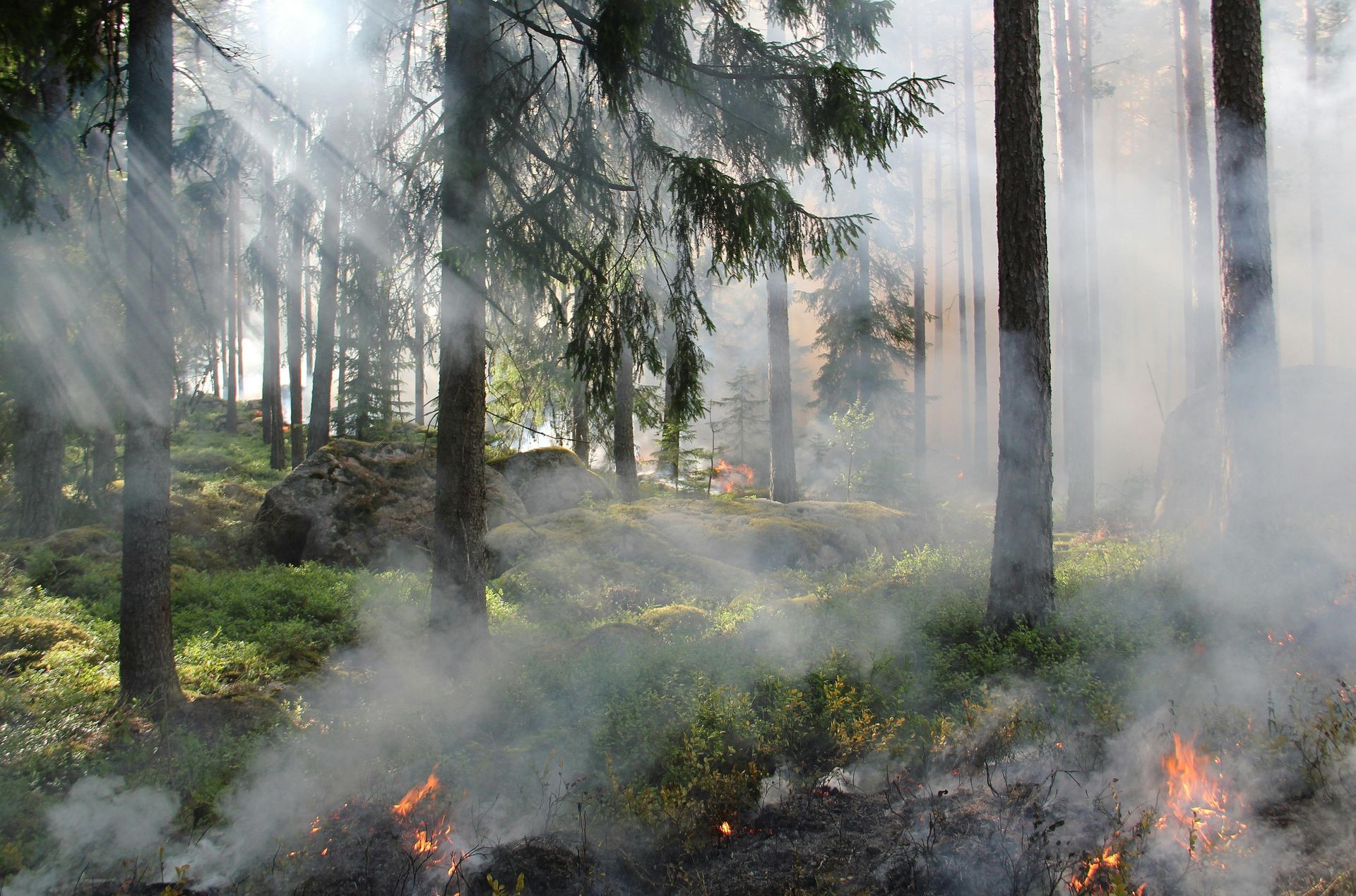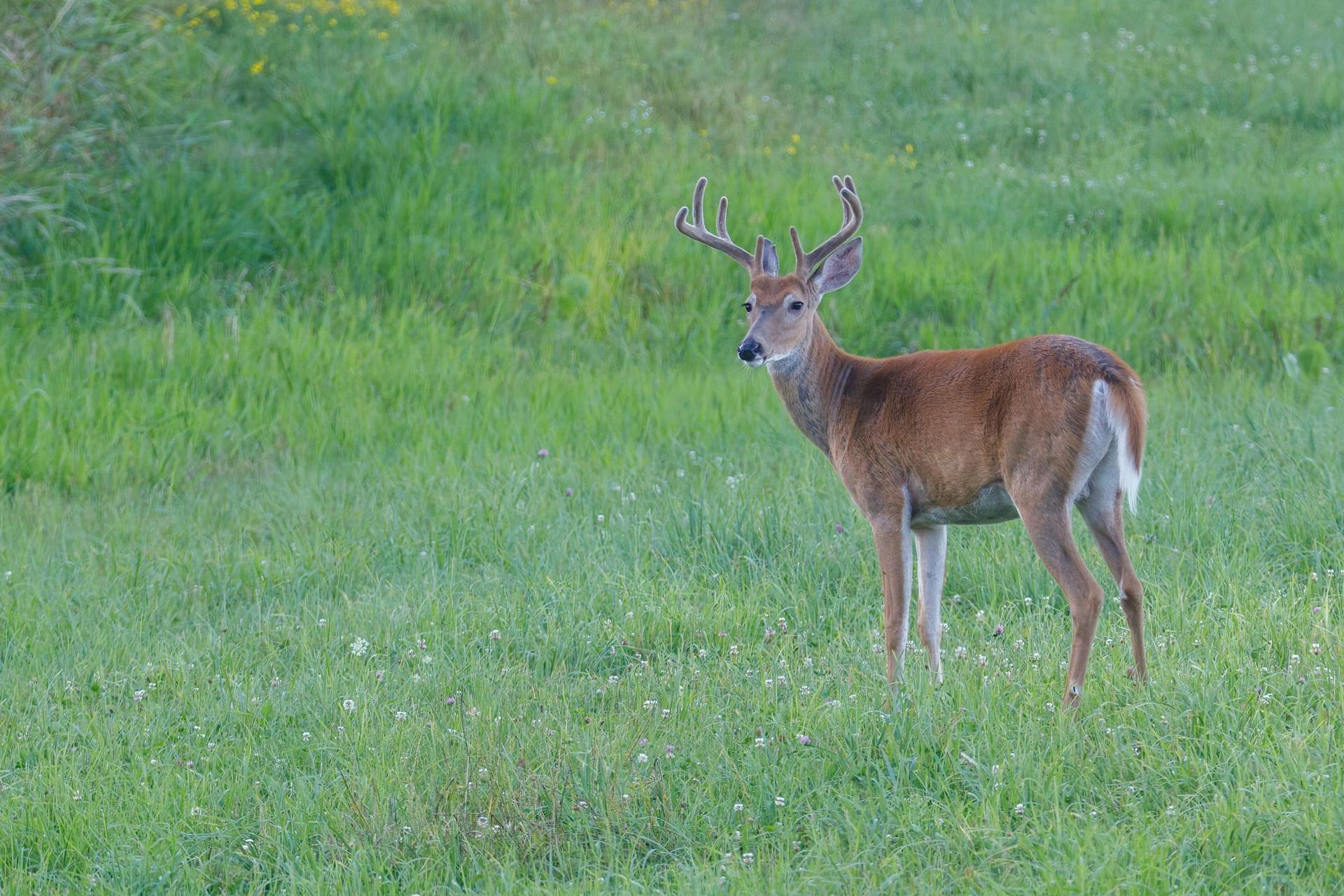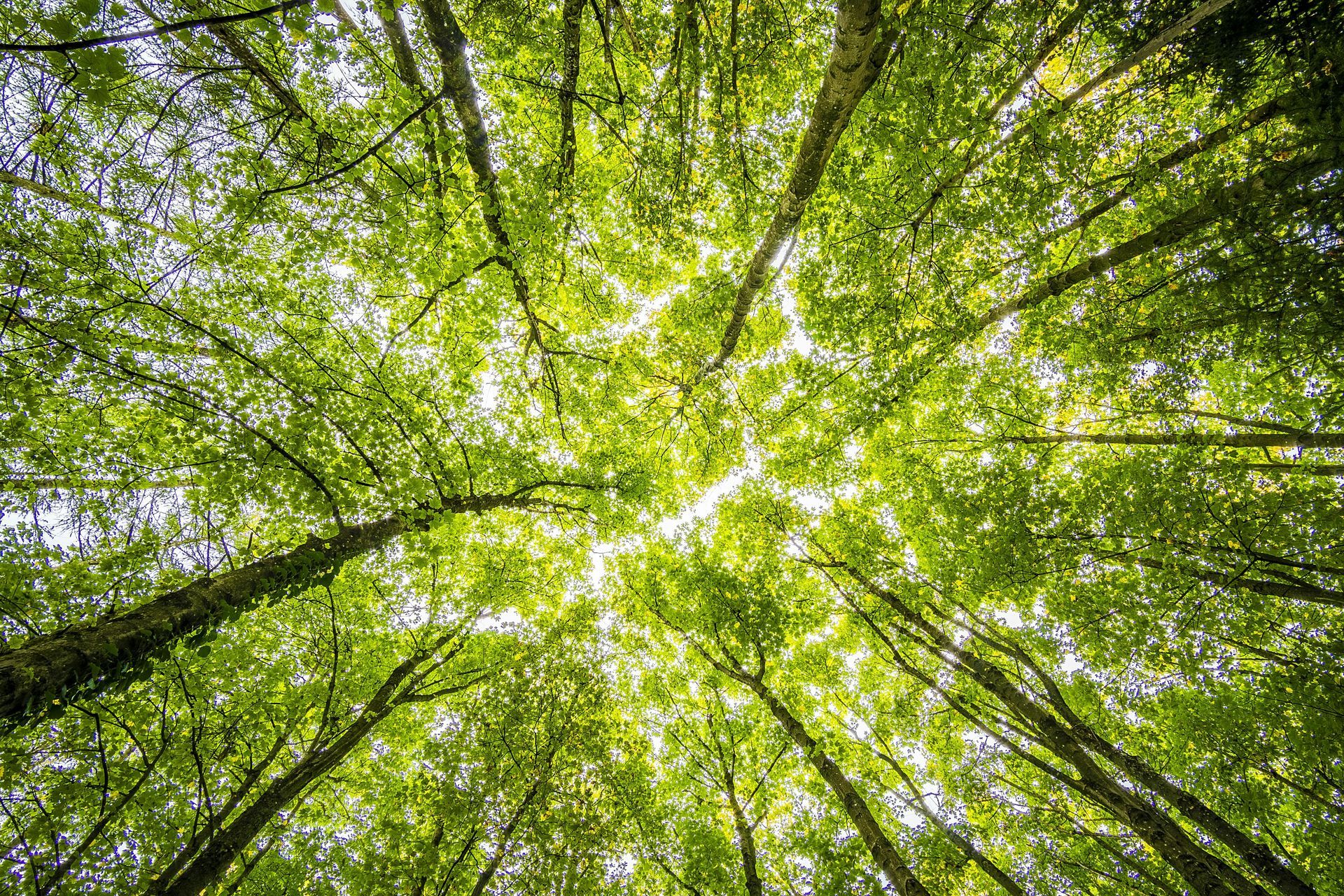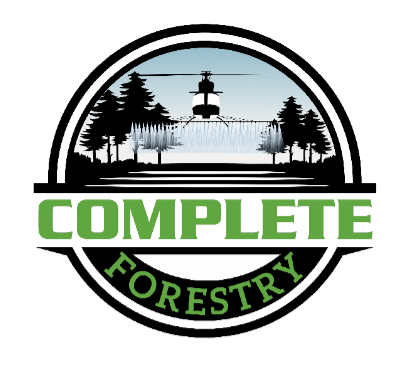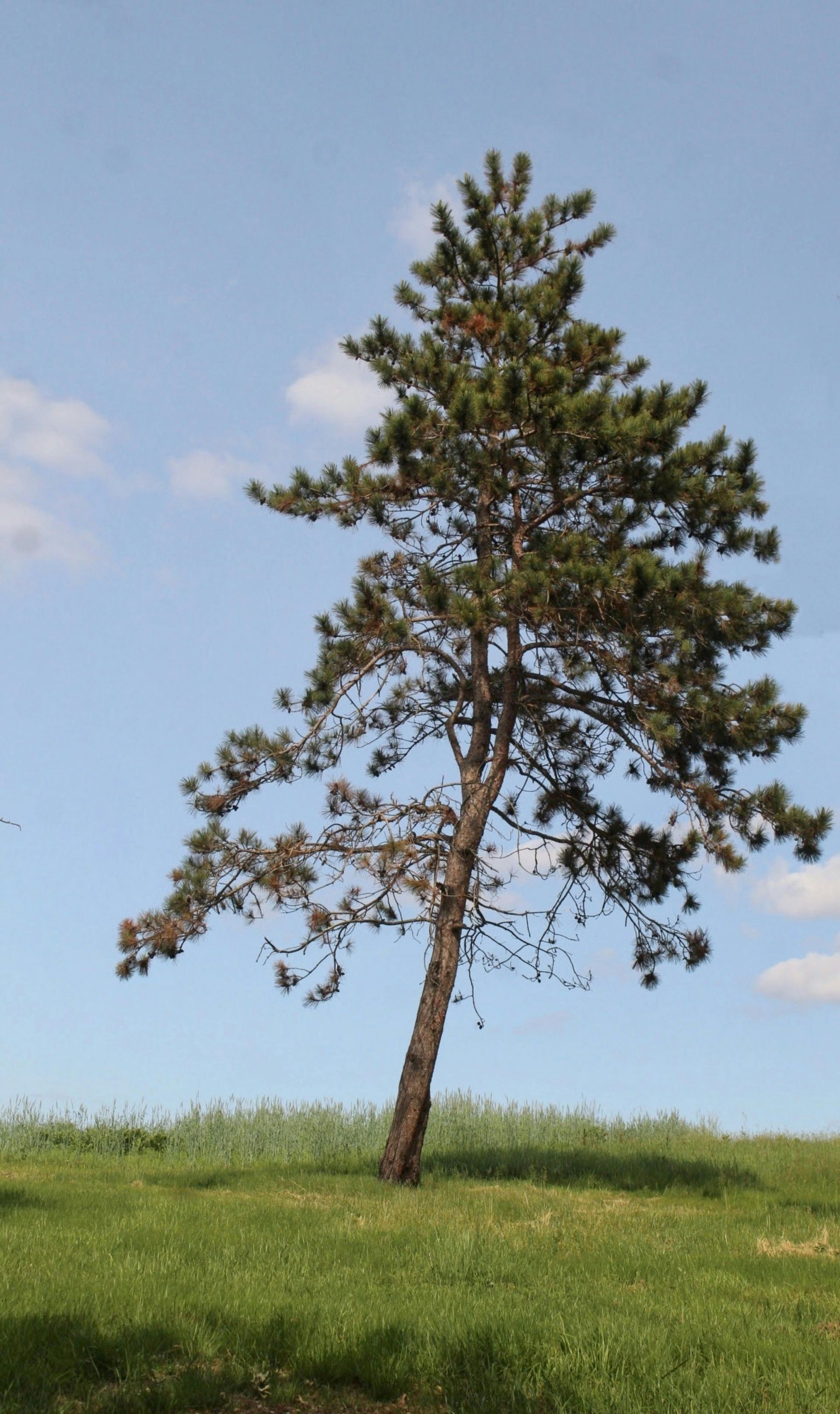By Meacham Marketing Co
•
May 22, 2025
Most landowners share a common problem with the rest of the human race: there are not enough hours in the day to reach all their objectives. So allow me to offer a common sense solution: develop a basic forest management plan that will benefit multiple objectives. Since the primary objectives of many landowners are timber and wildlife management, let’s take a look at a plan that includes whitetail deer and timber. Hunting whitetail deer is big business in Alabama. It is the number one game animal hunted in the state. Some 180 thousand deer hunters account for more than four million man-days of hunting activity annually, making a significant impact on the economy of rural Alabama. Most landowners/hunters spend the majority of their time on food plots and deer stands and, believe me, with the time restraints we are under these days, I understand this. However, to neglect the surrounding forest is a big mistake that need not be made. With the big picture in mind, look with me at the five basic areas a landowner should consider. 1. Species 2. Stocking 3. Protection 4. Intermediate Stand Treatments 5. Cuttings/Final Harvest Species is a major consideration when reforesting an area after a clearcut or planting an old field. Fitting the best species to the site is an important consideration during the establishment phase. For years some landowners have complacently selected loblolly pine far too often. There is, of course, nothing wrong with loblolly pine; it’s a native species, grows fast and produces good quality timber. However, two other southern yellow pines could be considered: longleaf pine and shortleaf pine. If the soil type is suitable, longleaf and shortleaf should be considered because of their ability to handle prescribed burning sooner and more often.Prescribed burning is a valuable management tool and helps improve the wildlife habitat for deer and many other species. The sooner you can introduce prescribed fire to a pine stand, the better your habitat will improve. So keep an open mind about these two other native pine species. Consider also managing for hardwoods on the right sites. In short, explore your options and make the best choice when selecting species. Stocking When is enough, enough? That is a good question; that’s why it has been debated for years. Establishing stands with high density can result in “biological desert,” a term used to describe a forest floor shaded out from the sun with little or no grasses and forbs growing at the ground level. On the other end of the spectrum you can have the density too low and the timber you are growing has a greatly diminished value because of limb retention and poor form. Here are some basic planting ranges that are generally accepted and provide a good stocking for both timber and wildlife. Pine Hardwood Spacing trees per acre Spacing trees per acre 7’ x 10’ 622 12’ x 12’ 303 8’ x 10’ 545 12’ x 14’ 259 8’ x 12’ 454 For a healthy mixture of timber and wildlife values, it’s hard to beat a longleaf pine stand established at 600 trees per acre and prescribed fire introduced at an early age (age 2 or 3) and then burned ever 2 to 3 years thereafter. Protection is usually associated with wildfire protection and it should be, but wise forest landowners will take the necessary precautions to limit the impact of all forest pest & hazards such as: Insects, Disease, Livestock, Invasive species, and wildfire. Far more timber is killed from insect pest such as Bark Beetles than wildfire. Insect prevention: – Maintain healthy vigorous forest growth – Monitor high hazard stands during peak months – Conduct salvage cuttings as needed to remove damaged trees – Familiarize yourself with control methods Invasive plant prevention: – Require harvesting crews to clean their equipment before coming to your property – Learn to identify the major plant species that are a problem in your area – Go the Alabama Invasive Plant Council’s website and see what problematic species are in your county - https://www.se-eppc.org/alabama/ Protecting a forest stand from these pest and hazards is more than just good forest management, it’s good wildlife management. Wildlife will thrive in a healthy forest; they depend on the forest for their cover, bedding area, food, and water. An unhealthy forest or one decimated by insect and disease pest provide far less benefit to wildlife and far less income for the landowner. Intermediate stand treatment is described as any treatment designed to enhance growth, quality, vigor and composition of the stand after establishment and prior to final harvest. Some of the more popular intermediate stand treatments are listed below. It is worth noting that many of these treatments/practices will also greatly improve the wildlife habitat of whitetail deer. Common Intermediate Stand Treatments Thinning Methods: 1) Commercial 2) Precommercial Release Operations: 1) Cleaning 2) Liberation 3) Herbaceous Weed Control Improvement Cutting Salvage Cutting: removing dead or damaged trees from insect, disease, fire, or wind Prescribed Burning: in addition to the obvious forest improvements of lowering the wildfire risk, it also attracts deer because of the improved nutrition Forest Fertilization (more common in sandy soils) Pruning Forest Stands 1) Natural (*) 2) Artificial (*) Techniques include: a) plant dense b) thin late c) thin light Cuttings and final harvest are critical to the success of a forest management goal, but they can also be important for the success of a wildlife goal. It is advisable in any timber sale to have a plan. The services of a consultant forester are always advisable before conducting a timber harvest, but you may also consider having a wildlife biologist review your property or harvest plan and share helpful insights and ideas. If deer management is a primary goal, then the timber harvest plan should reflect certain ideas and designs. Here are a few ideas that come to mind: Leave wider streamside management zones; 35 feet is the minimum under Alabama’s Best Management Practices for Forestry – consider doubling that width Consider reducing the size of clear-cuts to increase diversity Retain mast-producing trees and fruit-producing shrubs and protect them from forestry operations Create or maintain corridors between harvested stands (forested strips) to connect uncut forest stands Following some basic forest management principles can not only improve your forest management goals, it can also improve your wildlife habitat. That is the well-deserved reward of using a basic plan that makes good use of your time and helps you accomplish two of your objectives. Give yourself a pat on the back: Well done!

